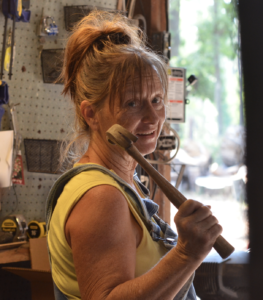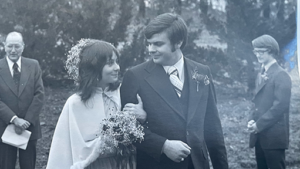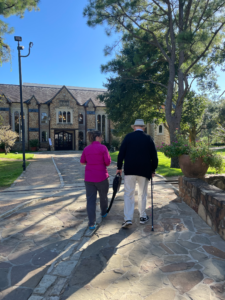From the very first time we walked the farm, I had visions for the place. A long, skinny piece of property, it was managed for decades past as a place to raise cattle.
We did that. Up until last year.
It’s the fencing. If you’ve never kept cattle, its a lot of work with shots, and making sure the bull does his job and males calves that are born don’t do theirs (you can read about some of those exploits here and here). There’s birthing calves and cattle dying. But by far the hardest part is the fencing.
Being a long and skinny parcel mean we have a lot of fencing for not that much area. (Maybe math wouldn’t bear that last statement out but the labor for it all does.)
While the place has a lot of pastures it also has a lot of trees. And every dad blasted one of them, when it falls, being it branch or trunk falls on multiple strands of barbed wire, painstakingly stretched in the blasting heat of a Texas summer.
The dought of 2011 was particularly bad. For two years after and a year and a half during, we had probably 200 trees fall. Almost all on the fencing.
It was horrible.
And then Poppy, our bull, developed a weird back end issue. It looked a bit like he had a corncob stuck up his butt although I am certain that wan’t the issue. It did create an issue with his girls. The second season for calving came and went and it was clear that the back leg stiffness affected more than his ambling.
We needed to reassess the farm and it’s purpose.
“Let’s go for a wildlife exemption,” Silent Bob suggested.
In Texas, you can change the way your land is utilized and report it to your county.
We had the option of growing hay. The pastures of the farm had been dedicated for decades to high output hay grasses. What this means is that Bahia and gulf coast Bermuda were almost exclusively the only grasses in our fields.
Everybody knows that diversity is what God meant life to strive on.
So this whole idea of wildlife appealed to me. Our west-lying neighbors are Buddhists and they had already changed their ag exemption to wildlife. I had visions of pastures with wildflowers. (If you have never seen the springtime pastures on the gulf coast praises of Texas, you have no idea. Google it.)
“Let’s do song birds,” Silent Bob said.
Uh oh.
“Uh. I suck at identifying birds. Remember?”
“Josh will get you some binoculars,” Silent Bob answered.
Magnifying fast flying moving objects isn’t going to help. (I didn’t say that out loud.)
While I perused the iPhone app store for something better than the Texas birders book I had in my hand, Silent Bob contacted the Texas Parks and Wildlife. Stephanie answered.
Stephanie made a trip out. She hadn’t been in the golf cart long, bouncing back to the back pond when she said, “Would you be interested in a restoration project?”
I knew what that was. When we first bought the farm, googling late one night, I came across the famous Selah Ranch. Although the farm didn’t have that kind of acreage nor were we in the same ecological niche, I loved the idea.
So five months later, application approved, we are making the farm as diverse as it can be.
The pastures will have all varieties of bluestem and side oats gramma and whatever number of species that were around back when not much else was. There will be forbs out the wazoo. (Forbs ahhh yes forbs…)
Someone asked me the other day, what good would this restoration project do. It was a good question.
Stay tuned.
I’m going to give you a report.
For now, take a peak at the wood duck box my youngest son built. And a piece of used well pipe that a friend gave us to post the box on the back spring fed pond. And a pic of the blue bird box that is waiting for tiny inhabitants…
And think a little bit about diversity…




